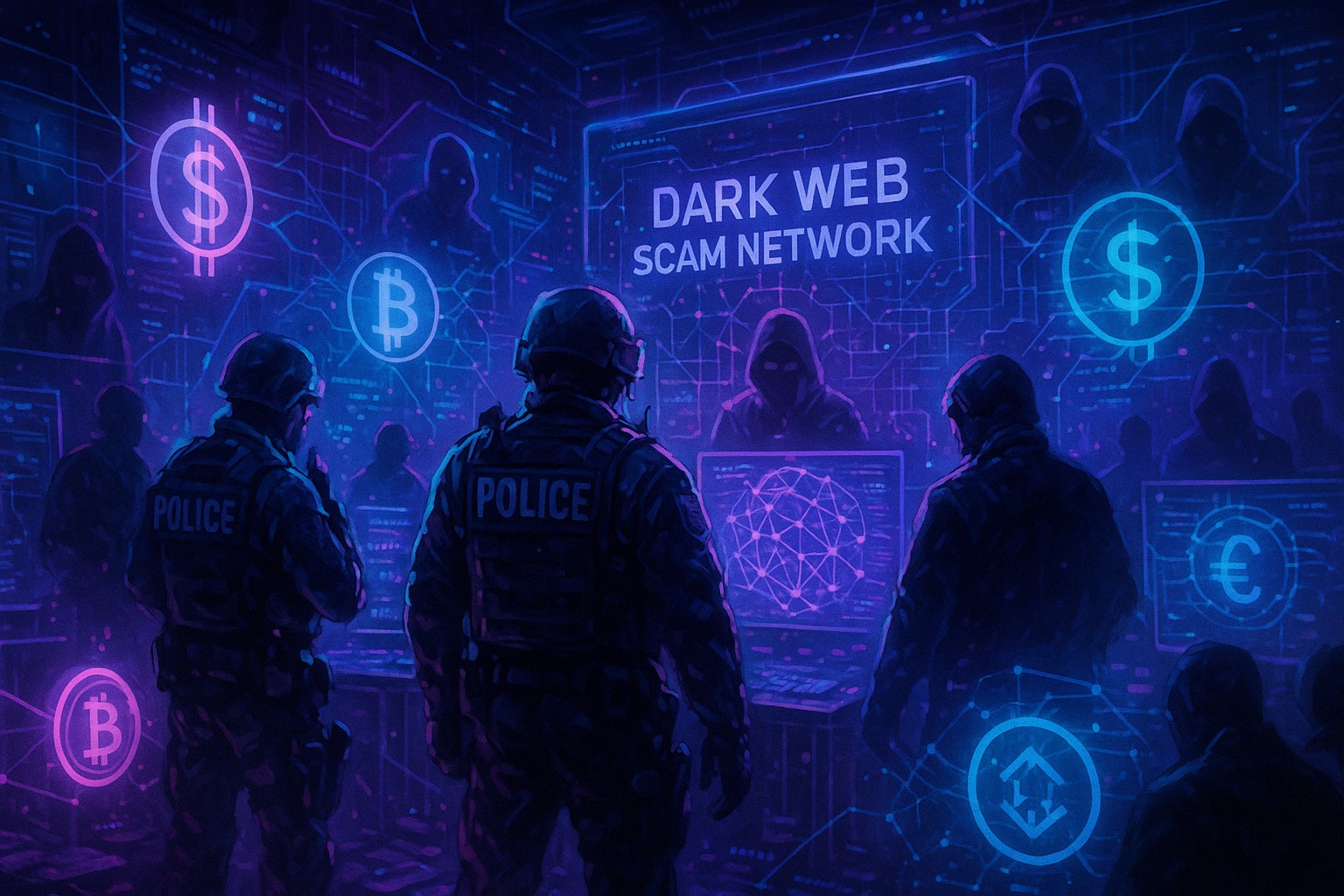A serious data breach has rocked Western Sydney University (WSU), exposing personal details of approximately 10,000 current and former students, with stolen data now confirmed to be circulating on dark web forums.
According to WSU, the breach occurred during January and February 2025 via a compromise in the university’s single sign-on system, which allowed unauthorized access to sensitive academic and demographic information. The breach was reportedly detected in real time, prompting an immediate response from both internal IT teams and third-party cyber forensic experts.
Despite containment efforts, leaked student data appeared on a dark web leak forum on November 1, 2024, suggesting a delayed discovery or a staged release of previously harvested data. According to early investigations, the exposed information includes enrolment history, academic progression records, and various demographic details.
WSU has begun the process of notifying affected students, with outreach expected to extend to alumni as well as those currently enrolled. The university confirmed that the data on the dark web “broadly reflects” what was compromised during the breach.
Vice-Chancellor and President Professor George Williams AO publicly apologized, stating:
“Western Sydney University has been the subject of persistent and targeted attacks on our network. We are deeply aware of the personal impact these incidents are having on our students, staff, and community.”
Williams assured that efforts are underway to fortify digital infrastructure, though acknowledged the systemic risks associated with such advanced cyber intrusions.
The university has formally referred the breach to NSW Police, while continuing its internal investigation. It remains unclear whether the breach was the result of a phishing campaign, credential stuffing, or a deeper exploit of authentication systems.
Cybersecurity experts say attacks on educational institutions are increasingly common, particularly due to the large datasets they maintain and often underfunded digital defenses. This breach comes amid a wave of higher education sector attacks globally, where stolen academic data is often repackaged and sold on dark web markets for identity theft, fraud, or even state-sponsored intelligence gathering.
As universities continue migrating services to cloud platforms and integrating multiple third-party applications, the threat surface for unauthorized access has grown substantially—making them prime targets for both criminal gangs and opportunistic hackers.



